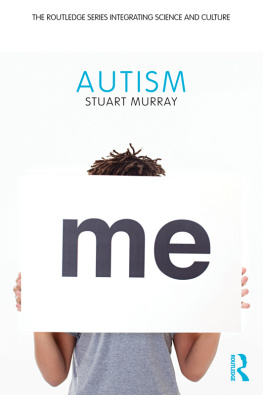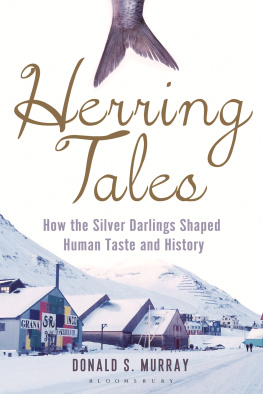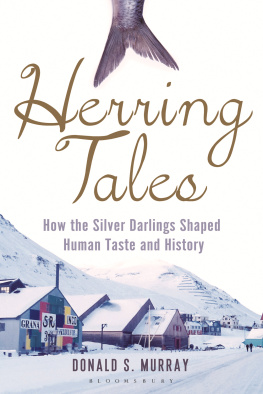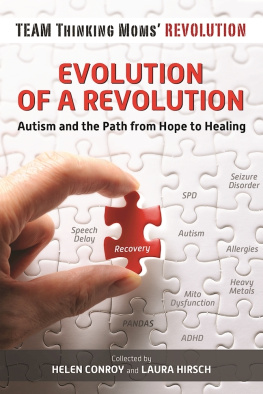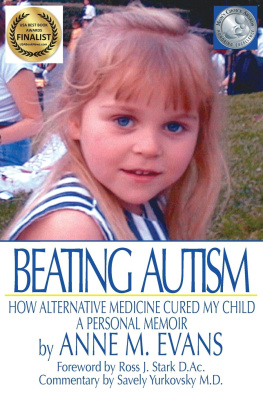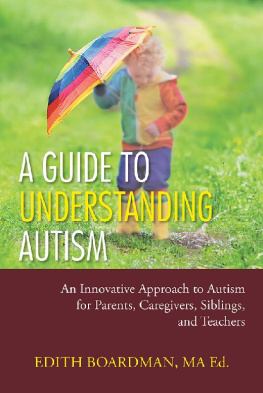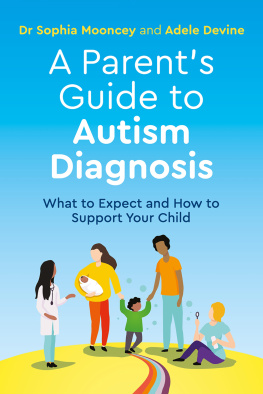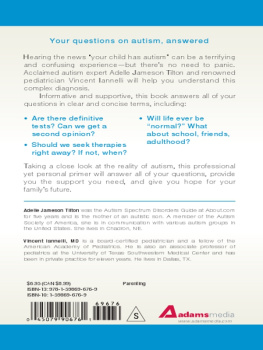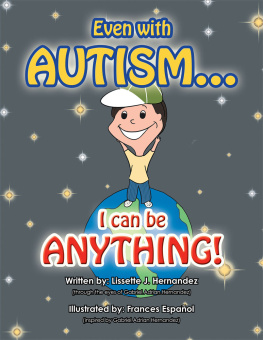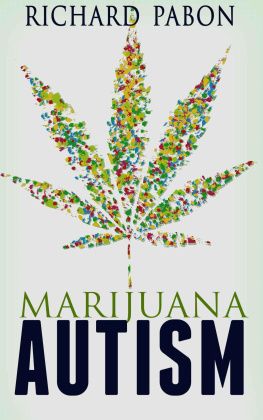Autism
Autism is the first book that seeks to combine medical, historical, and cultural approaches to an understanding of the condition. Its purpose is to present a rounded portrayal of the ways in which autism is currently represented in the world. It focuses on three broad areas: the facts of scientific research, including new ideas surrounding research into genetics and neuroscience, as well as the details of diagnosis and therapy; the history of the condition as it developed through psychiatric approaches to the rise of parent associations, neurodiversity, and autism advocacy; and the fictional and media narratives through which it is increasingly expressed in the contemporary moment. Accessible and written in clear English, Autism is designed for student audiences in English, Disability Studies, Cultural Studies, History, Sociology, and Medicine and Health, as well as medical practitioners and the general reader. Autism is a condition surrounded by misunderstanding and often defined by contestation and argument. The purpose of this book is to bring clarity to the subject of autism across the full range of its manifestations.
Stuart Murray is Professor of Contemporary Literatures and Film and Director of Medical Humanities research in the School of English at the University of Leeds in the UK. He is the author of Representing Autism: Culture, Narrative, Fascination (Liverpool UP, 2008) and a number of articles on disability representation.
The Routledge Series Integrating Science and Culture
Editor: Lennard Davis, University of Illinois at Chicago
The Routledge Series Integrating Science and Culture aims to reunite the major discourses of science and the humanities which parted ways about 150 years ago. Each book picks an important topic that can best be understood by a synthesis of the best science and the best social and cultural analysis. In an age when more and more major political and life decisions involve complex understandings of science, medicine, and technology, we need to have a bioculturally sophisticated citizenry who can weigh in on these important issues. To that end these books aim to reach a wide swathe of people, presenting the information in readable, illustrated, succinct editions that are designed for classroom and scholarly use as well as for public consumption.
Forthcoming
Culture by Nicole Anderson
Depression by Bradley Lewis
Sex and Gender by Anne Fausto-Sterling
Autism
Stuart Murray

Please visit the companion website at www.routledge.com/textbooks/9780415884990
First published 2012
by Routledge
711 Third Avenue, New York, NY 10017
Simultaneously published in the UK
by Routledge
2 Park Square, Milton Park, Abingdon, Oxon OX14 4RN
Routledge is an imprint of the Taylor Francis Group, an informa business
2012 Taylor Francis
The right of Stuart Murray to be identified as author of this work has been asserted by him in accordance with sections 77 and 78 of the Copyright, Designs and Patents Act 1988.
All rights reserved. No part of this book may be reprinted or reproduced or utilised in any form or by any electronic, mechanical, or other means, now known or hereafter invented, including photocopying and recording, or in any information storage or retrieval system, without permission in writing from the publishers.
Trademark notice: Product or corporate names may be trademarks or registered trademarks, and are used only for identification and explanation without intent to infringe.
Library of Congress Cataloging in Publication Data
Murray, Stuart.
Autism/Stuart Murray.
p. cm.(The Routledge series integrating science and culture)
1. Autism. I. Title.
RC553.A88M87 2011
616.85 882dc23 2011025819
ISBN13: 978-0-415-88498-3 (hbk)
ISBN13: 978-0-415-88499-0 (pbk)
ISBN13: 978-0-203-80599-2 (ebk)
Typeset in Adobe Caslon and Copperplate by
Florence Production Ltd, Stoodleigh, Devon
Printed and bound in the United States of America
on acid-free paper by Walsworth Publishing Company, Marceline, MO.
For Lucas and Yannmy teachers. Again, but more so
CONTENTS
Series Foreword
The Routledge Series Integrating Science and Culture aims to restore connections between the sciences and the humanities, connections that were severed over 150 years ago. This mutual exclusion was done in the name of expertise on the part of science and defended in the name of preserving values and morality in the world of humanism. In some sense, each side was seen as the societal enemy of the other. From the humanists perspective, scientists threatened to make the world a colder, more efficient place lacking in feelings and values. From the scientists viewpoint, humanists were interfering with progress by injecting bleeding hearts and unreasonable fears into an essentially rational process.
But the reality is that now, in the 21st century it is getting harder and harder for humanists to comment on civic and social matters without knowing something about science, medicine, and technology. Suddenly there is the need to understand stem cells, brain scans, DNA technologies, organ transplants, ecological outcomes, and the like in order to be a knowledgeable citizen, legislator, or scholar. Likewise, scientists routinely include the ethical, social, cultural, and legal in their research protocols and scientific articles. The divide between the two cultures described by C.S. Lewis in the 1950s is less and less possible in the 21st century. On the ground, humanists and scientists are again in need of each other.
To that end, the books in this series will focus on the cultural side of science and the scientific side of culture. David Morris and myself have coined the term biocultural to indicate this new realm of study and critique. In that spirit, Stuart Murrays book on autism aims to bring together in a truly interdisciplinary sense the best of both knowledges on this pressing social and scientific subject. A proof of the validity of the biocultural claim is that this book, or really any complete book, on autism can only be written using this complex kind of analysis. How much sense would it make to write a book on autism that was purely about the neurological or the biological when the complex phenomenon of autism is best understood in a multi-faceted perspective that includes the social, psychological, political, and scientific? Would it ever be possible to write about autism without including the voices of all parties involved: autists, doctors, parents, and policy makers? How could we understand the network of effects of autism without considering the representations of the condition in the media and in literature and the arts? Murrays book is not an artificial welding of disparate discourses but through its necessary eclecticism offers to give us the best, well-rounded description and explanation of autism to date.
Lennard Davis
Series Editor
Preface
My youngest son approaches me with his arms outstretched, asking to be carried. This is unusual; he is 11 years old and this kind of behavior, which was common when he was younger, has by now largely vanished. It is, however, a good opportunity to engage with him physically, something that is not always possible given that frequently he is not keen on being touched; sotelling him how heavy he is (despite the fact that he barely eats anything)I scoop him up. I stand still: his face is now close to mine, allowing me an excellent opportunity to look closely at him. He draws his arms together between our chests and leans into me, humming and singing and occasionally making surreptitious glances at my face. Then, seeing Im waiting for further instructions, he leans again, this time to one side, a little nod to the direction he wants me to carry him. Its out to the garden, so off we go, across the patio and up to the steps on to the grass. I stop and, faking the world-weary tone parents always use when they have no clue about their childs wishes, ask him where were going. Another lean directs me to the trampoline at the back of the garden, although this is not so much an answer to my actual question as a response to the fact that I had stopped walking, a touch of impatience on his part.
Next page
